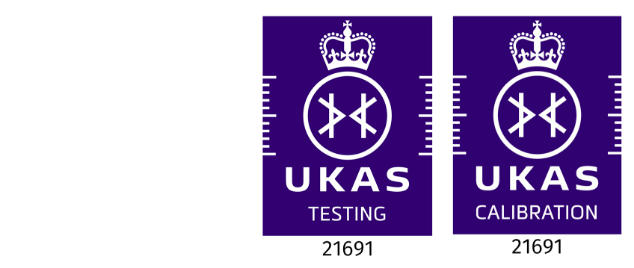Many airborne materials can be extremely harmful to health, even in the smallest measurable concentrations. Businesses have a responsibility to ensure that air quality standards are met, both in the workplace and the wider environment.
Government agencies have established ceiling values and guidance limits for a range of gases, vapours, radionuclides and dusts. In the UK, COSHH Regulations (Control of Substances Hazardous to Health, 2002) state that employers must take all steps possible to protect workers from exposure to health-harming substances. Where exposure limits are breached, employers place themselves at risk of large fines and even conviction. The HSE recommends regular monitoring of one’s work environment to ensure industry regulations are met. A helpful list with information about maximum exposure limits and occupational standards is downloadable for free on their website (E40/2005).
In order to make an air quality assessment, a sample is taken for analysis. This is done by drawing a measured volume of air through a collection substrate. The airborne concentration of a particular substance is then calculated by assessing the analytical result and the volume of air sampled. It is therefore extremely important that the air flow rate and sample time are recorded with the upmost accuracy. For this reason, air samplers should incorporate an airflow sensor and/or control mechanism, a malfunction indicator and a timer.
The huge variety of sampling applications calls for a number of different air sampler configurations. When the active concentration of a pollutant is very low, a real-time monitor may not be sufficiently sensitive to detect background levels. In such cases, a large sample must be taken quickly and accurately so as to make a proper assessment. Munro air samplers can draw from 5 millilitres per minute to 100 litres per minute or more through a range of sampling media (including glass fibre and cellulose filters for dusts and activated carbon for gases and vapours). Our air samplers suit a range of applications (perimeter monitoring, stack emissions sampling, personal sampling, routine workplace measurements and re-assurance monitoring) and are used extensively in the nuclear, agricultural and pharmaceutical industries.



